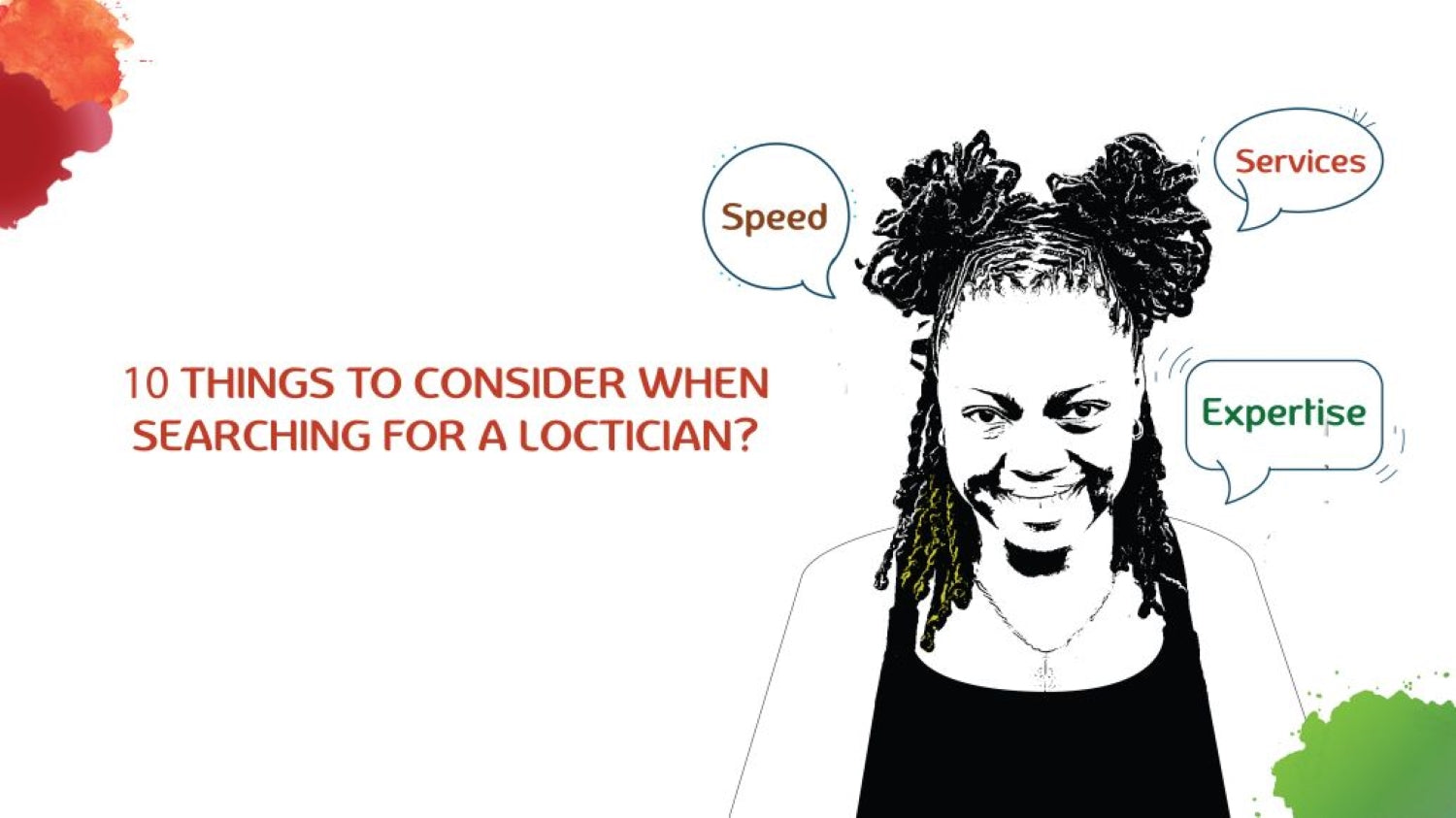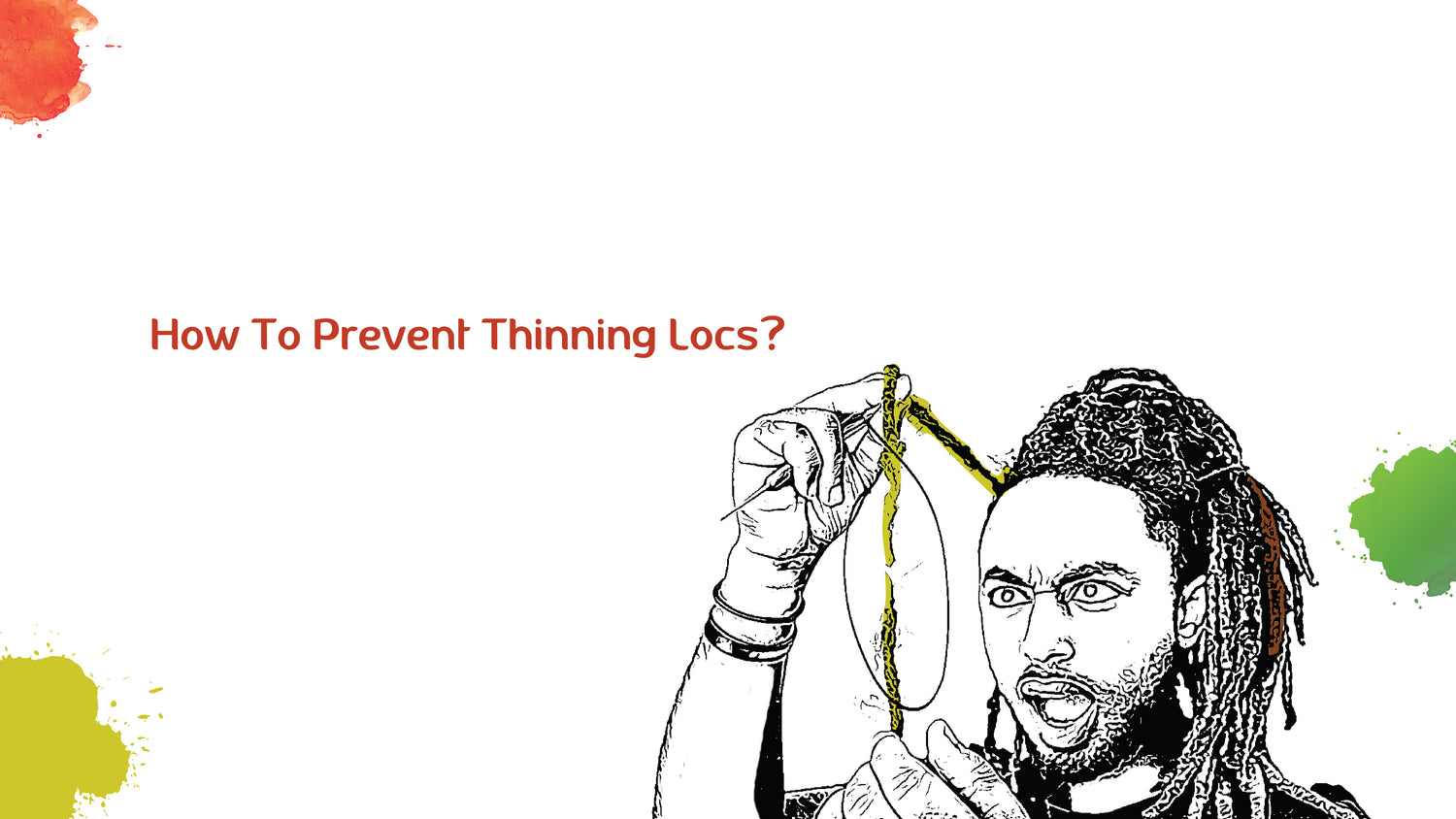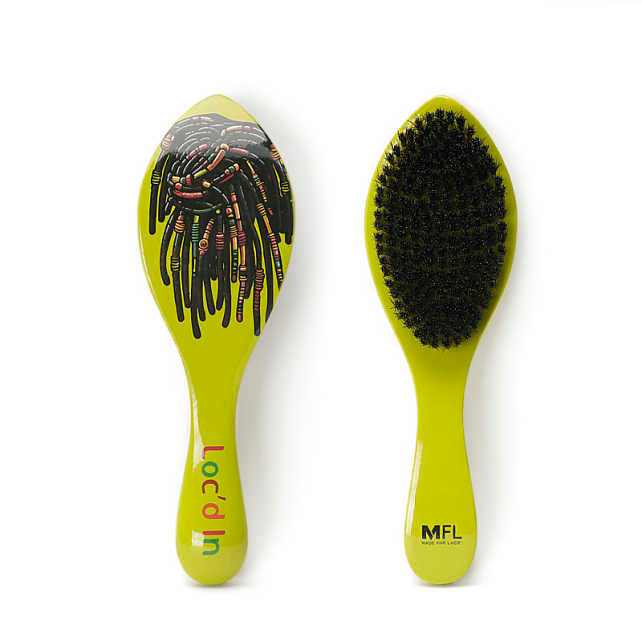In recent years, there has been a growing movement towards embracing diverse forms of self-expression in the workplace. Locs, a hairstyle deeply rooted in African culture, have become increasingly popular and have faced both challenges and strides towards acceptance. This blog aims to explore the experiences of individuals with locs in the workplace, the challenges they may encounter, and the evolving acceptance of this unique hairstyle.
-
Cultural and Historical Significance of Locs: Locs have a rich cultural and historical significance, originating in ancient African civilizations and later adopted by various cultures worldwide. The style carries a profound sense of identity, spirituality, and pride for many individuals who choose to wear them.
-
Stereotypes and Prejudices: Despite growing acceptance of diverse hairstyles, some workplaces still hold biased opinions and stereotypes associated with locs. These stereotypes often link the hairstyle with unprofessionalism, unkemptness, or even negative assumptions about an individual's character. These preconceived notions can create significant challenges for those who choose to wear locs in professional environments.
-
Discrimination and Unequal Treatment: Unfortunately, some individuals with locs have faced discrimination in the workplace. They may experience unwarranted scrutiny during job interviews, unequal treatment, or even be subjected to discriminatory policies or dress codes that specifically target hairstyles like locs. Such practices contribute to an exclusionary work environment and hinder career growth for affected individuals.
-
Legal Protections and Policy Changes: To combat such discriminatory practices, legal protections have been implemented in certain jurisdictions. In several countries and regions, legislation has been enacted to prohibit discrimination based on hairstyle or texture. These protections help foster an inclusive workplace where individuals are not judged based on their choice of hairstyle.
-
Changing Attitudes and Progress: Thankfully, attitudes towards locs are gradually evolving. As society becomes more aware of the importance of diversity and inclusion, workplaces are increasingly recognizing the value of embracing different cultural expressions, including diverse hairstyles. This positive shift is largely attributed to efforts made by advocacy groups, influential individuals, and the wider public to promote understanding and challenge stereotypes.
-
Promoting Diversity and Inclusion: Companies that prioritize diversity and inclusion can actively contribute to a more accepting work environment for individuals with locs. Employers can revise dress codes and policies to ensure they do not discriminate against specific hairstyles, educate employees on the significance and cultural relevance of locs, and foster an open dialogue where employees can express their unique identities without fear of retribution.
-
Embracing Individuality while Maintaining Professionalism: It is important to strike a balance between personal expression and professional expectations in the workplace. Individuals with locs can demonstrate their professionalism through maintaining their hairstyles with care, ensuring neatness, and adhering to general grooming standards while still embracing their cultural identity.
Conclusion: Locs, once a hairstyle associated with cultural and social resistance, have gained popularity and faced challenges within the workplace. However, with changing attitudes and efforts towards diversity and inclusion, more workplaces are embracing different forms of self-expression, including locs. It is crucial for society to continue advocating for equal treatment and challenging discriminatory practices, fostering a work environment that values and respects individuality. By embracing diversity, we create stronger, more inclusive worlkplaces that empower employees to be their authentic selves.








